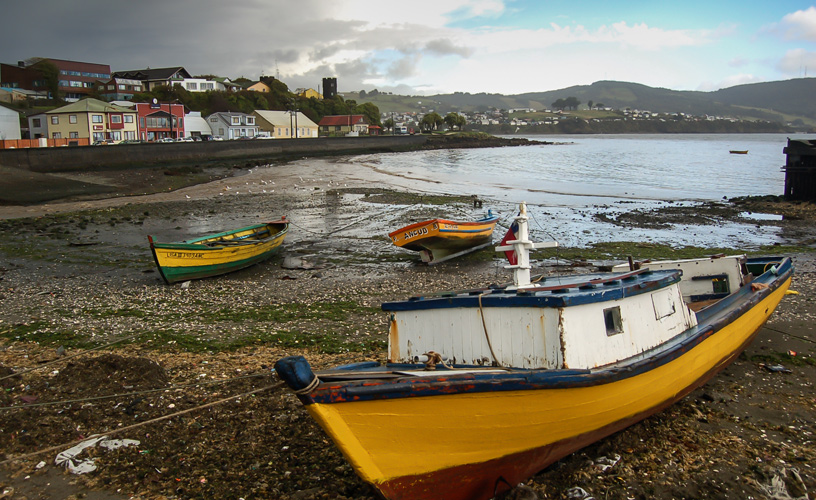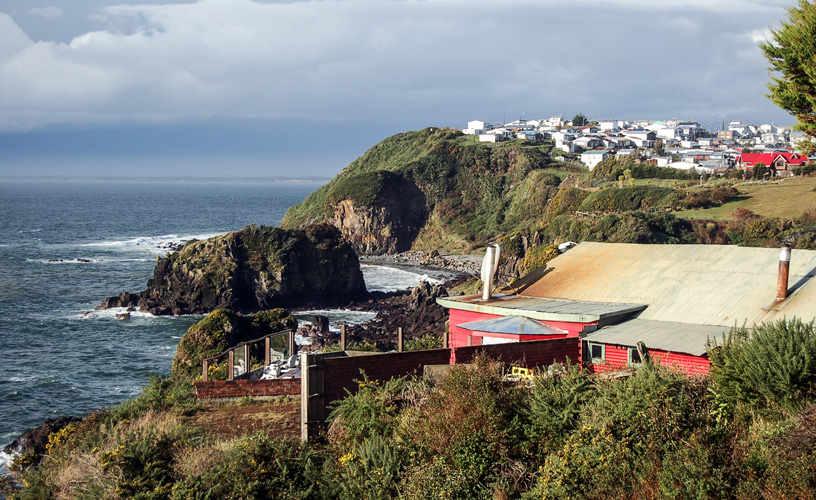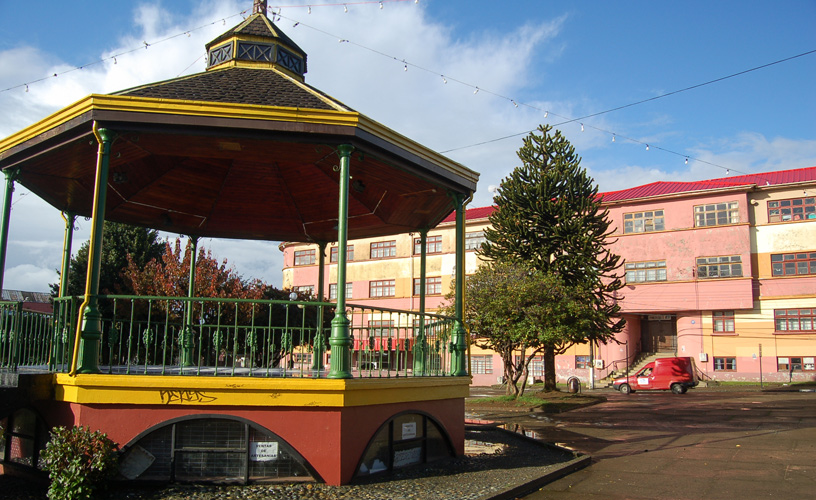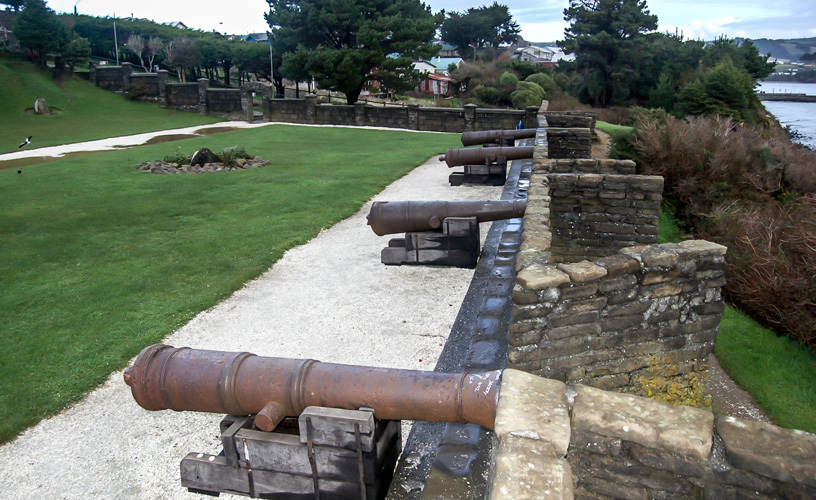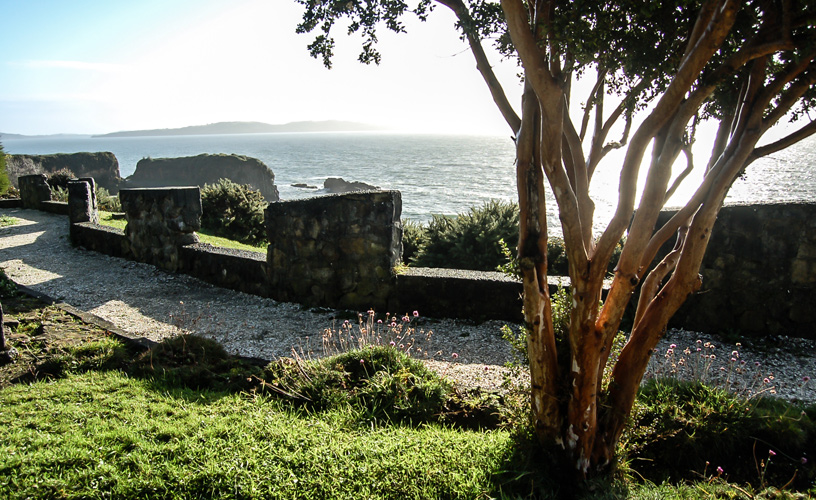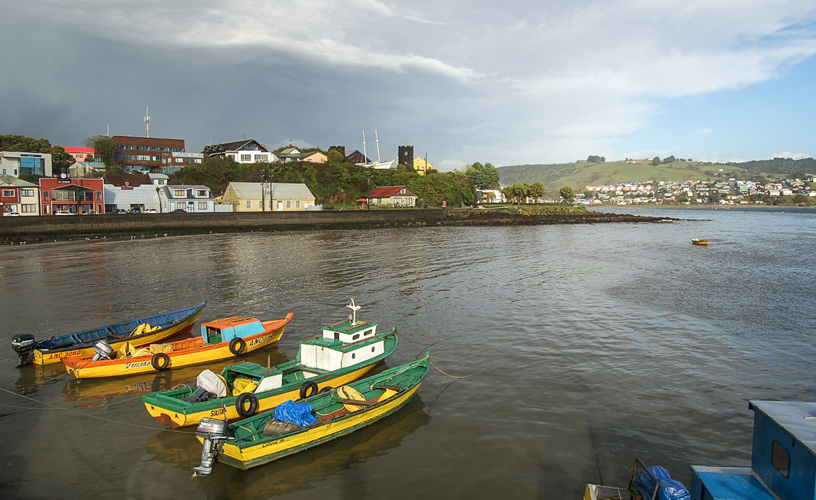The strategic location of Ancud has always represented an advantage for Chiloé Island, ever since its foundation as a Spanish port and fort. It represented the best naval communication route to the continent, mainly as regards the routes to the South Pacific and Cape Horn. By the late XIXth century, the peak of wood commerce encouraged the settlement of European colonists and urban development. This past has been printed on its streets, which unveil history as visitors walk along them and see the most emblematic sites. Located on Baquedano Street, the Aurelio Bórquez Canobra Regional Museum rescues historical objects, mythological figures and handicrafts from the island. In turn, besides the exhibitions, there is a room dedicated to prestigious writer Gabriela Mistral. On the other hand, one of its yards features a replica of the Ancud schooner, which conquered the Strait of Magellan in 1843.
The Key to the Island
The city cathedral stands opposite this important institution. Located on Errazuiz Street, this building is a beautiful architectural example in the region, with the classical wooden tiles that set a style of its own.
From the Fort to the Sea
After walking down Baquedano Street, visitors may take Antonio Burr Street to go up to the Mount Huaihuén vantage point. This is the most impressive panoramic point in the city, from where the Chacao Channel, Cochinos Islet, the shore, the cliffs and the Carelmapu schooner may be observed. To the North, the Maullín coast and its rocks and islets may be appreciated in the core of Coronados Gulf. On the opposite side, Ahuí and Corona Points appear next to the ruins of the forts. A must visit is the esplanade at Fort San Antonio, which used to be protected by brass canons that dominated the entrance to the port. It was in this fort, built in 1770, that the Spanish flag was hoisted for the last time in Chile, with the surrender of the Spanish army in January 19, 1826. After passing by the fort powder magazine on Bellavista Street, we continued walking up to the Arena Gruesa Beach spot, a very popular place in the summer and an excellent ending for this tour. Karina Jozami
Eduardo Epifanio
